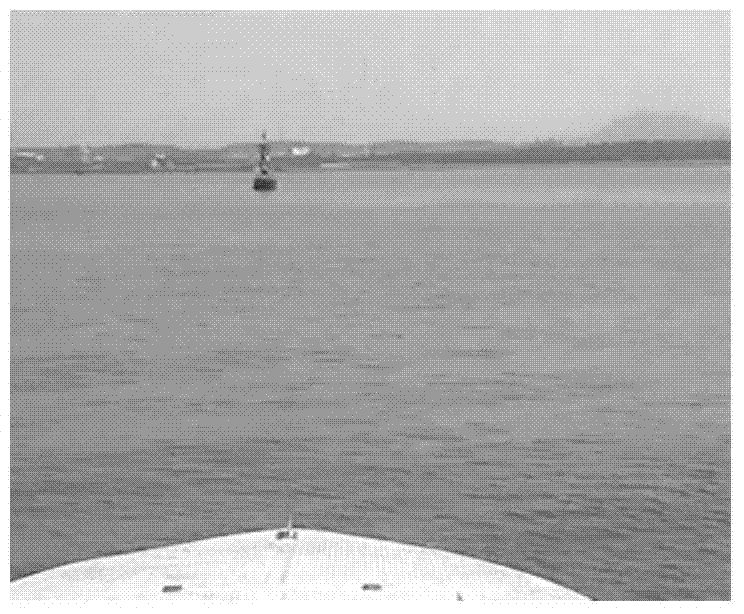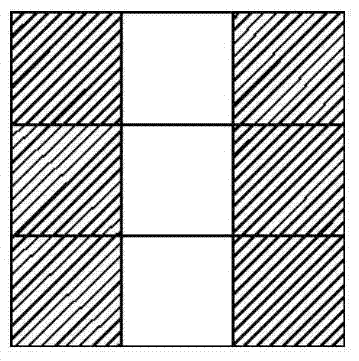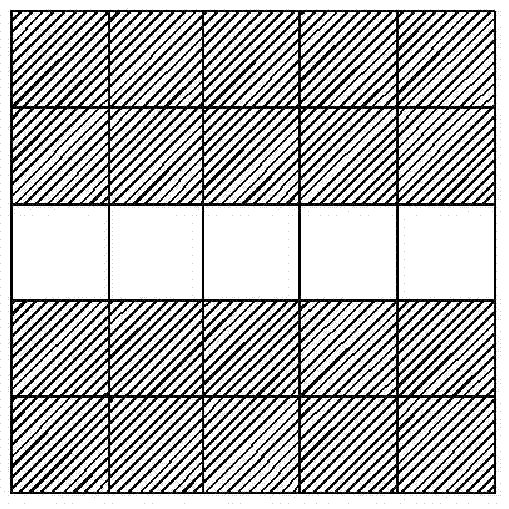Water surface optical visual image target area detection method based on gradient information fusion
A technology of gradient information and target area, which is applied in the field of target area detection of water surface optical vision image and digital image processing
- Summary
- Abstract
- Description
- Claims
- Application Information
AI Technical Summary
Problems solved by technology
Method used
Image
Examples
Embodiment Construction
[0058] The present invention is described in more detail below in conjunction with accompanying drawing example:
[0059] 1. Read the grayscale image to be detected (such as figure 1 shown), and store it in a two-dimensional image array, the gray value of each pixel (i, j) is in the range of 0-255.
[0060] 2. Use a 3×3 sliding window (such as figure 2 shown), take each pixel point (i, j) as the center of the sliding window, traverse the entire image, and calculate the gray value Δg of each pixel point (i, j) in the sliding window 1 ,Δg 1 defined as:
[0061] Δg 1 =f(i+1,j)-f(i-1,j) (1)
[0062] 3. According to the image background grayscale C t And the percentage of the number of grayscale differences in the image γ, for the grayscale difference Δg 1 Stretch and calculate the longitudinal gradient value G at the pixel point (i, j) 1 (i,j), whose formula is defined as:
[0063] G 1 (i,j)=Δg 1 ×γ+C t (2)
[0064] Among them, C t and γ are determined according ...
PUM
 Login to View More
Login to View More Abstract
Description
Claims
Application Information
 Login to View More
Login to View More - R&D
- Intellectual Property
- Life Sciences
- Materials
- Tech Scout
- Unparalleled Data Quality
- Higher Quality Content
- 60% Fewer Hallucinations
Browse by: Latest US Patents, China's latest patents, Technical Efficacy Thesaurus, Application Domain, Technology Topic, Popular Technical Reports.
© 2025 PatSnap. All rights reserved.Legal|Privacy policy|Modern Slavery Act Transparency Statement|Sitemap|About US| Contact US: help@patsnap.com



